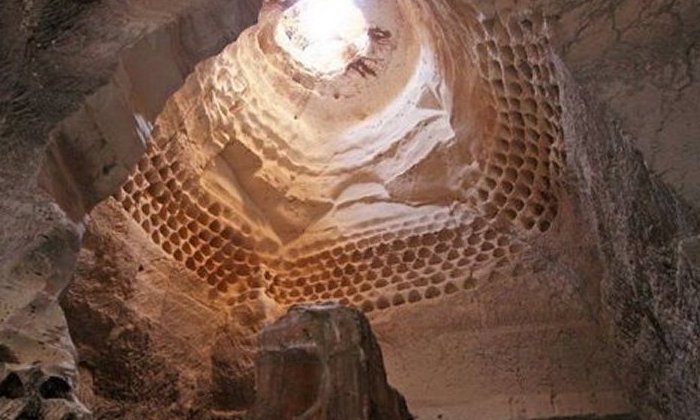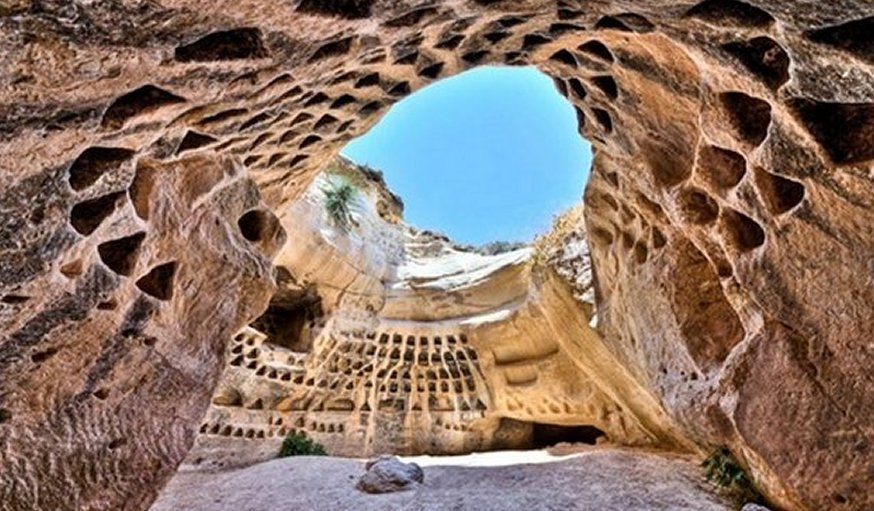3,500 Underground Man-Made Maresha/Beit Guvrin Caves And Tunnels In The Holy Land
A. Sutherland - AncientPages.com - The Beit Guvrin caves are a dark and beautiful ancient place, known as “the land of a thousand caves,” all covering approximately 1,250 acres of rolling hills in the Judean lowlands. This incredible ancient tunnel system is like an unending labyrinth. The caves, which are very difficult to find are located at the Beit Guvrin National Park.
Bet Guvrin was a prominent city in the period of the Second Temple. It rose to importance after the destruction of Maresha (Marissa) by the Parthians in 40 B.C It replaced the city of Maresha, which was one of the Judean cities mentioned in the Bible (Joshua 15:44 and Chronicles 2, 11; 5-8) as a city fortified by Rehoboam, a son of and the successor to Solomon, a grandson of David and the first king of the Kingdom of Judah. Thus, the city could withstand the Egyptian attack.
The city of Bet Guvrin began expanding following the Bar Kokhba (132 - 135 CE) revolt, during the second half of the second-century CE., with the construction of public and administrative buildings. In 199/200 C.E. Septimus Severus conferred on it the privileges of a Roman city and called it Eleutheropolis ("the city of freemen").
The city of that period covered an area of about 160 acres, and topographically it extended mainly over a hill located south of the present-day highway between Bet Shemesh and Ashkelon, with the northern extension of the city built on a low plain.
Two aqueducts and an underground tunnel supplied water to the city, which also had its own system of dating and coinage.
Archaeological excavations in the area revealed a mosaic pavement of a Roman house from the fourth-century CE. which depicts a hunting expedition, with representations of animals and the personifications of the four seasons.
The mosaic attests to the wealth of the city's inhabitants. The vast ancient tunnel system consists of thousands of man-made caves which were cut as quarries for the buildings which were built above them. This network of tunnels was often reached through trap doors in Jewish villages, giving the sense of how the Jewish rebels lived and fought during two revolts against the Romans.
Today, there are some archaeological sites in the area of these ancient tunnels, while others have been completely destroyed. As to the Beit Guvrin Caves, one of them is very large (over 60 feet high), airy, easily accessible, and its walls are made of beige-colored limestone.
While there are numerous bell caves within the park grounds, events are only held in one of these caves. It is one of about 800 bell-shaped caves located in the area.
The Beit Guvrin ancient tunnel system and remarkable caves can easily be labeled as a true wonder of the Holy Land, where archaeologists discovered ancient weapons, trap doors, and olive presses during their surveys. Also, earlier caves have been found farther north in the Galilee region, where team members were called to explore a tunnel system found just a few months ago.
Archaeologists had uncovered what they thought was a standard, eight-meter-deep water cistern, but later noticed it had narrow crawl spaces shooting off its base.
With a metal detector and laser measuring tools, they spent hours mapping just a fraction of the tunnels. Researchers have also mapped many of the nearby cavern hideouts that dot the cliffside of Mount Arbel overlooking the Sea of Galilee.
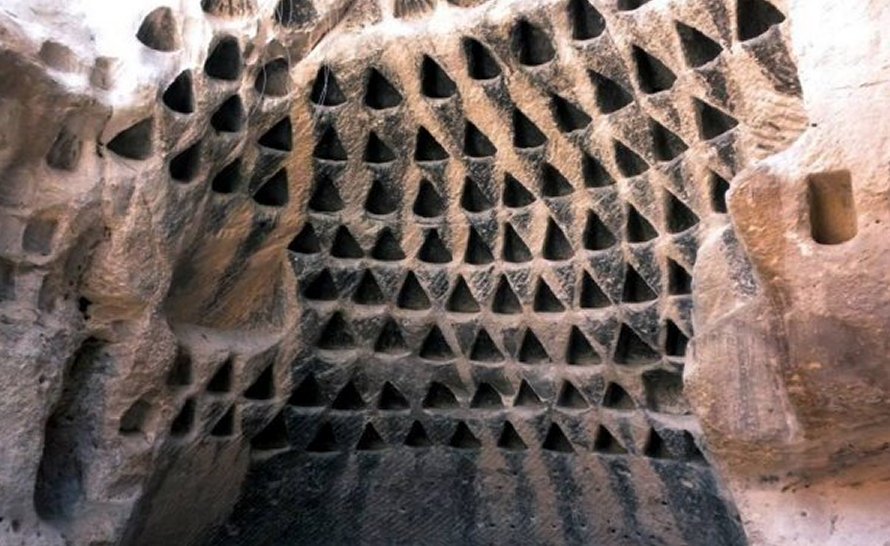
Roman historian Josephus described in his writings how King Herod lowered his men in chests from the cliff to the cave openings and, using fire, overtook the rebels.
Caves of Maresha and Bet-Guvrin in the Judean Lowlands - situated on the crossroads of trade routes to Mesopotamia and Egypt - contain approximately 3,500 underground chambers spread out across complexes carved in the thick chalk.
This place witnessed many cultures and their evolution over more than 2,000 years from the 8th century BC when Maresha town (older than Bet-Guvrin) was built - to the time of the Crusaders.
In the Late Roman period (AD 200), Bet Guvrin became Eleutheropolis (“City of the Free”) when Roman Emperor Septimus Severus contributed to the town's development and turned it into a major administrative center.
Written by: A. Sutherland - AncientPages.com Senior Staff Writer
Copyright © AncientPages.com. All rights reserved. This material may not be published, broadcast, rewritten or redistributed in whole or part without the express written permission of AncientPages.com.
Expand for referencesMore From Ancient Pages
-
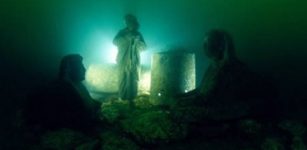 Lost Kingdom Of Cleopatra – Legendary Lost City Of Heracleion
Featured Stories | Apr 1, 2014
Lost Kingdom Of Cleopatra – Legendary Lost City Of Heracleion
Featured Stories | Apr 1, 2014 -
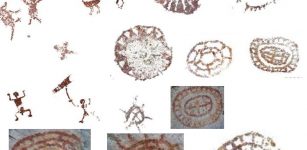 Large Collection Of At Least 2,500-Year-Old Cave Paintings Discovered In Indonesia
Archaeology | Dec 17, 2017
Large Collection Of At Least 2,500-Year-Old Cave Paintings Discovered In Indonesia
Archaeology | Dec 17, 2017 -
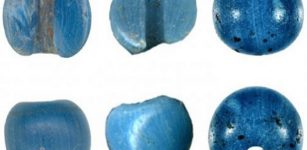 How Did These Beautiful Venetian Glass Beads Reach North America Long Before Columbus?
Archaeology | Feb 15, 2021
How Did These Beautiful Venetian Glass Beads Reach North America Long Before Columbus?
Archaeology | Feb 15, 2021 -
 Mysterious Book That ‘Killed’ – Are Written Or Spoken Words Powerful Enough To Take Control Over Our Actions?
Featured Stories | Nov 21, 2022
Mysterious Book That ‘Killed’ – Are Written Or Spoken Words Powerful Enough To Take Control Over Our Actions?
Featured Stories | Nov 21, 2022 -
 Mystery Of Vitrified Scottish Fort Dun Deardail And Ancient Myth Deirdre Of The Sorrows: Is There A Prehistoric Connection?
Civilizations | Feb 5, 2021
Mystery Of Vitrified Scottish Fort Dun Deardail And Ancient Myth Deirdre Of The Sorrows: Is There A Prehistoric Connection?
Civilizations | Feb 5, 2021 -
 Ancient Peru’s Cranial Surgeons Had Remarkable Skills
Ancient Technology | Jun 8, 2018
Ancient Peru’s Cranial Surgeons Had Remarkable Skills
Ancient Technology | Jun 8, 2018 -
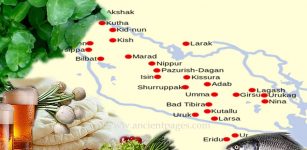 Food And Clothing Of Middle Class Of The Sumerian Society
Ancient History Facts | Aug 2, 2017
Food And Clothing Of Middle Class Of The Sumerian Society
Ancient History Facts | Aug 2, 2017 -
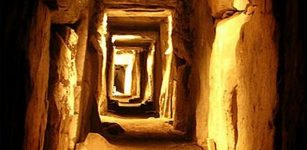 World’s Oldest Moon Map Carved Into Ireland’s 5,000 Year-Old Tomb At Knowth
Featured Stories | Jun 25, 2014
World’s Oldest Moon Map Carved Into Ireland’s 5,000 Year-Old Tomb At Knowth
Featured Stories | Jun 25, 2014 -
 Is The Legendary Tsuchinoko Real?
Featured Stories | Aug 21, 2019
Is The Legendary Tsuchinoko Real?
Featured Stories | Aug 21, 2019 -
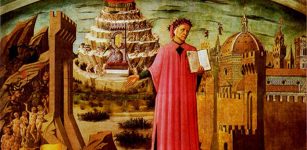 On This Day In History: Dante Alighieri Famous For His ‘Divine Comedy’ Born – On May 9, 1265
News | May 9, 2016
On This Day In History: Dante Alighieri Famous For His ‘Divine Comedy’ Born – On May 9, 1265
News | May 9, 2016 -
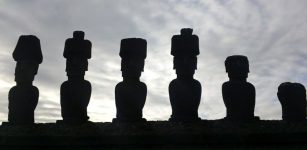 Ancient DNA Sheds New Light On Easter Island Mystery
Archaeology | Oct 13, 2017
Ancient DNA Sheds New Light On Easter Island Mystery
Archaeology | Oct 13, 2017 -
 Thor’s Hammer Pendant Found In Norfolk May Be Linked To The Great Heathen Army
Archaeology | Oct 24, 2023
Thor’s Hammer Pendant Found In Norfolk May Be Linked To The Great Heathen Army
Archaeology | Oct 24, 2023 -
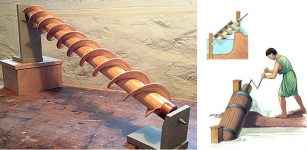 Archimedes’ Screw: Ancient Invention Used To Transfer Water To Higher Levels
Ancient History Facts | Aug 30, 2018
Archimedes’ Screw: Ancient Invention Used To Transfer Water To Higher Levels
Ancient History Facts | Aug 30, 2018 -
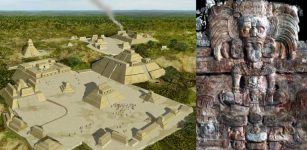 Mysterious Maya Snake Kings And Their Powerful Kingdom In The Jungle Reveal More Ancient Secrets
Civilizations | Apr 23, 2018
Mysterious Maya Snake Kings And Their Powerful Kingdom In The Jungle Reveal More Ancient Secrets
Civilizations | Apr 23, 2018 -
 Treasures From Ancient City Of Hippos-Sussita Displayed In Exhibition For The First Time
Archaeology | Jan 3, 2018
Treasures From Ancient City Of Hippos-Sussita Displayed In Exhibition For The First Time
Archaeology | Jan 3, 2018 -
 4000-Year-Old Egyptian Leather Manuscript Forgotten For More Than 70 Years – Found
News | Sep 14, 2015
4000-Year-Old Egyptian Leather Manuscript Forgotten For More Than 70 Years – Found
News | Sep 14, 2015 -
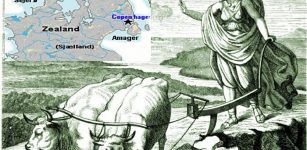 Gefjon: Norse Fertility Goddess Who Knew Humans’ Fates, And Plowed Away Part Of Sweden To Give It To Denmark
Featured Stories | Nov 22, 2019
Gefjon: Norse Fertility Goddess Who Knew Humans’ Fates, And Plowed Away Part Of Sweden To Give It To Denmark
Featured Stories | Nov 22, 2019 -
 Different Story Of Odin’s Sons Balder And Hoder In Norse Mythology
Featured Stories | Nov 26, 2020
Different Story Of Odin’s Sons Balder And Hoder In Norse Mythology
Featured Stories | Nov 26, 2020 -
 Rock-Hewn Burial Shafts And 38 Symbolic Pots Discovered In Abusir Necropolis, Egypt
Archaeology | Feb 6, 2018
Rock-Hewn Burial Shafts And 38 Symbolic Pots Discovered In Abusir Necropolis, Egypt
Archaeology | Feb 6, 2018 -
 2,000-Year-Old Fountain In Kibyra, The City Of Gladiators Flows Again
Archaeology | Jan 3, 2023
2,000-Year-Old Fountain In Kibyra, The City Of Gladiators Flows Again
Archaeology | Jan 3, 2023


